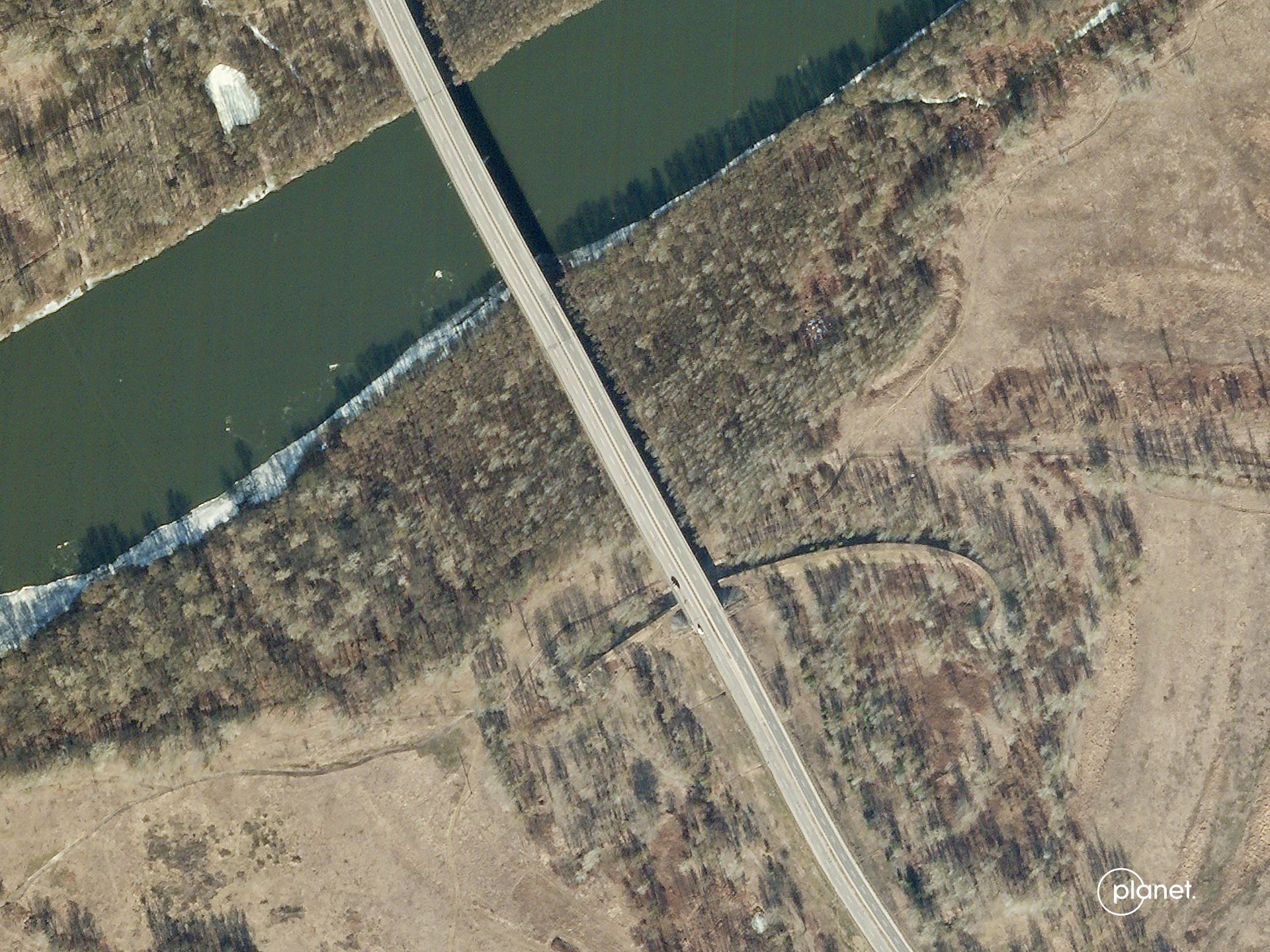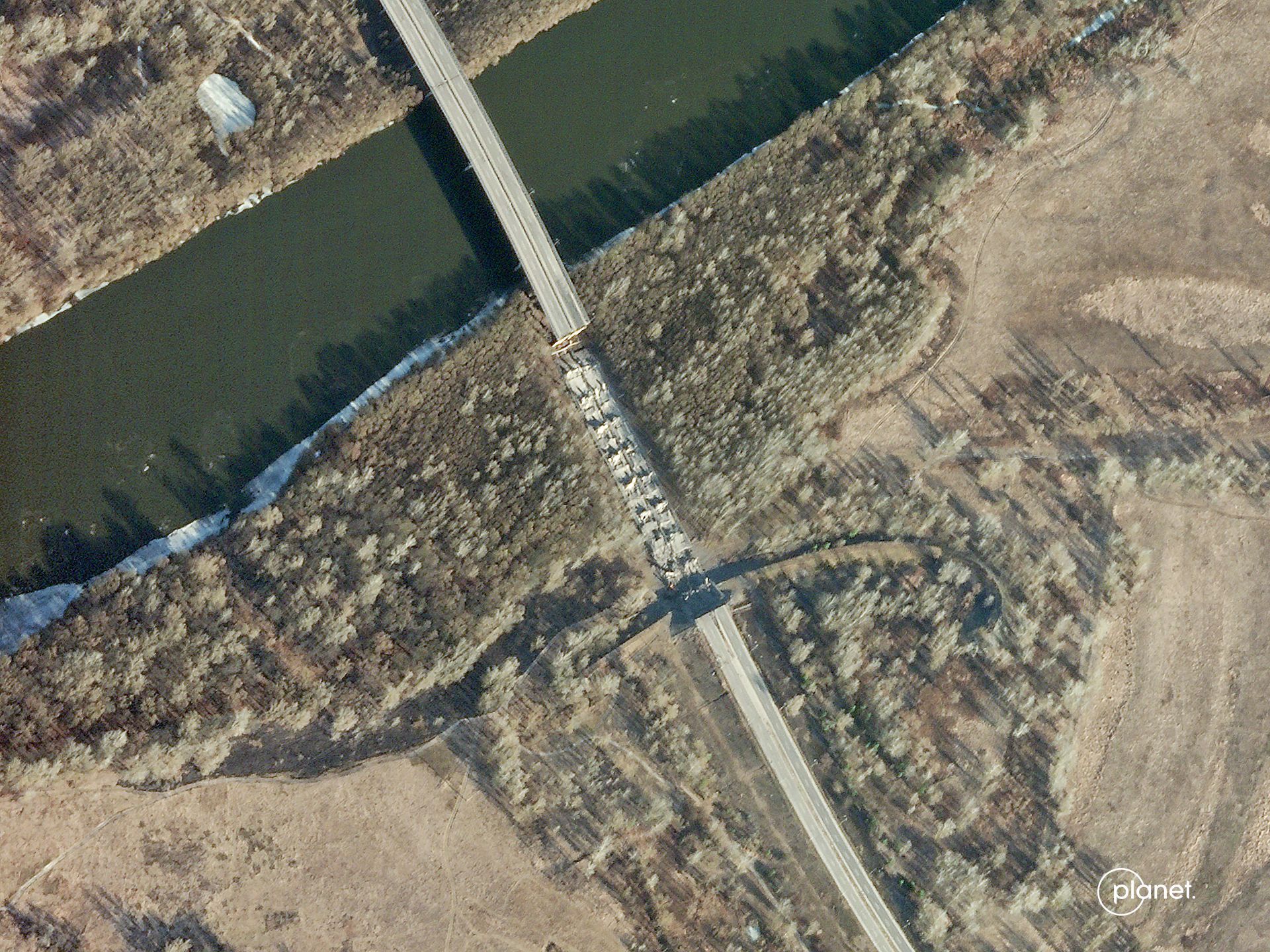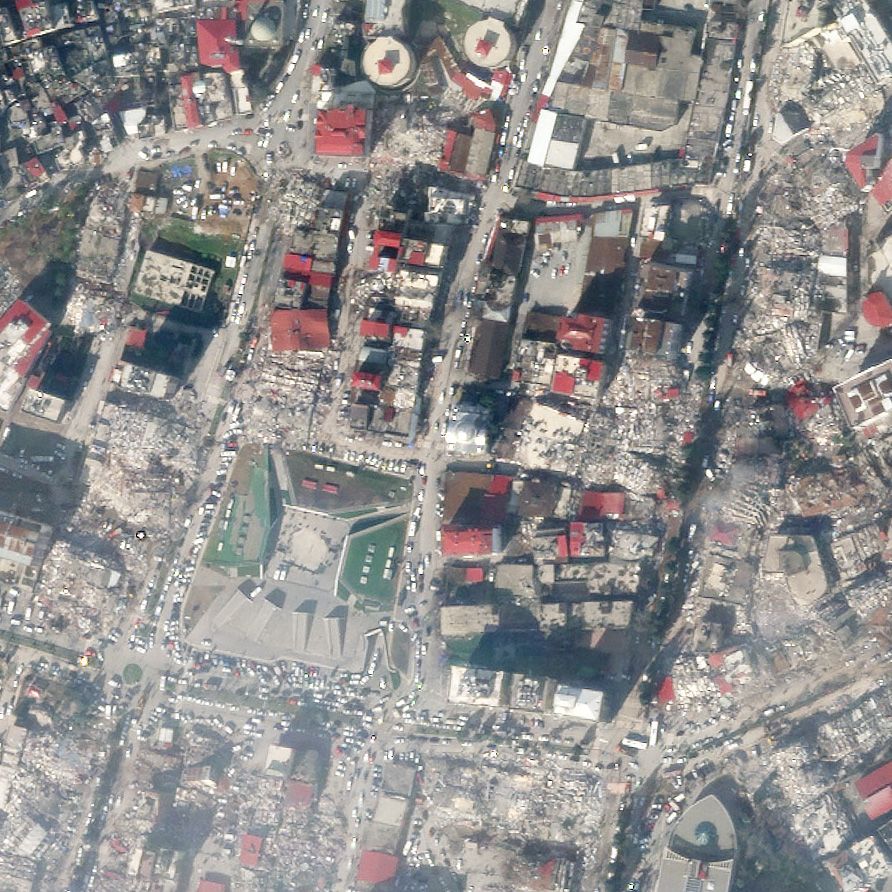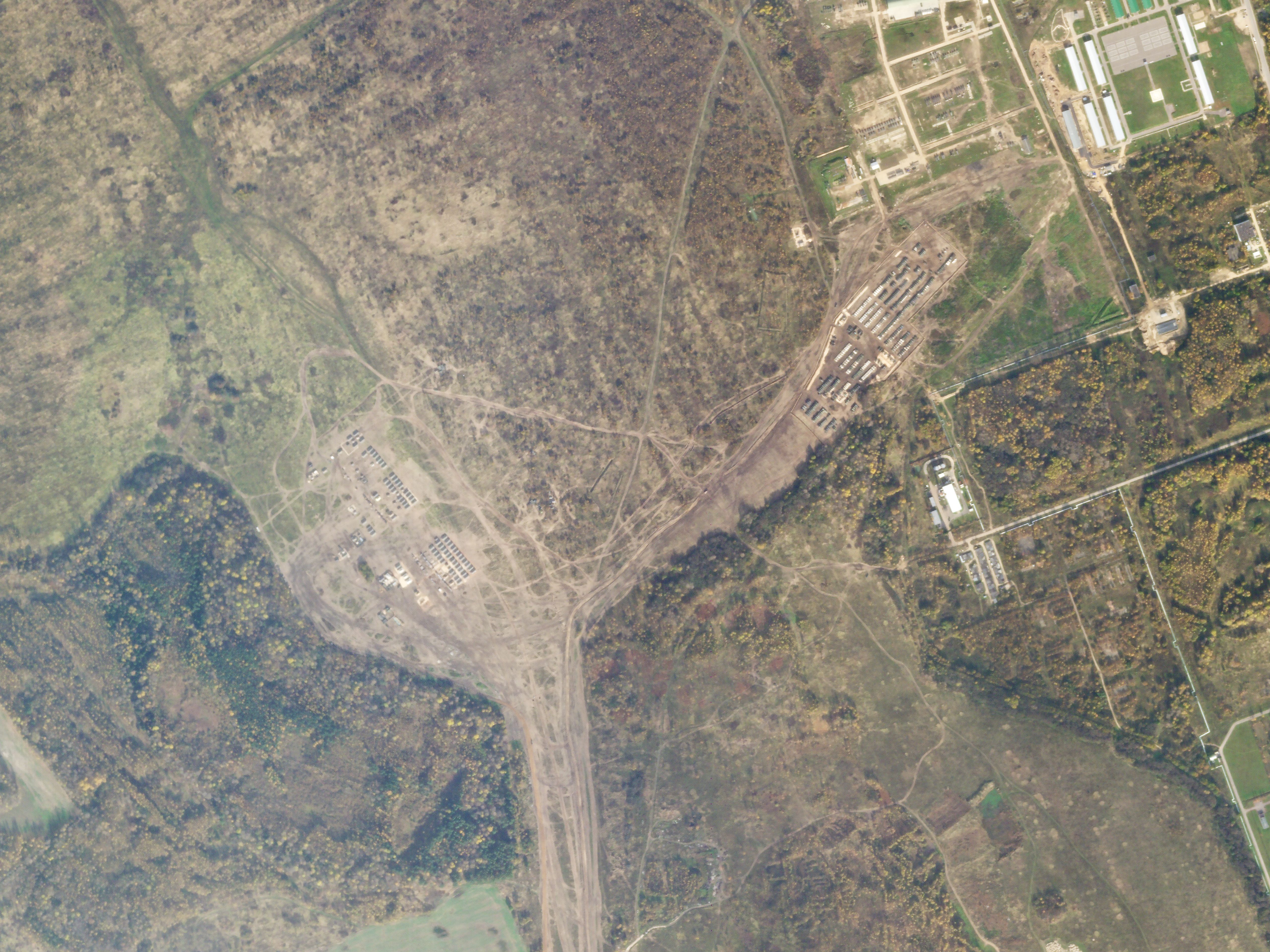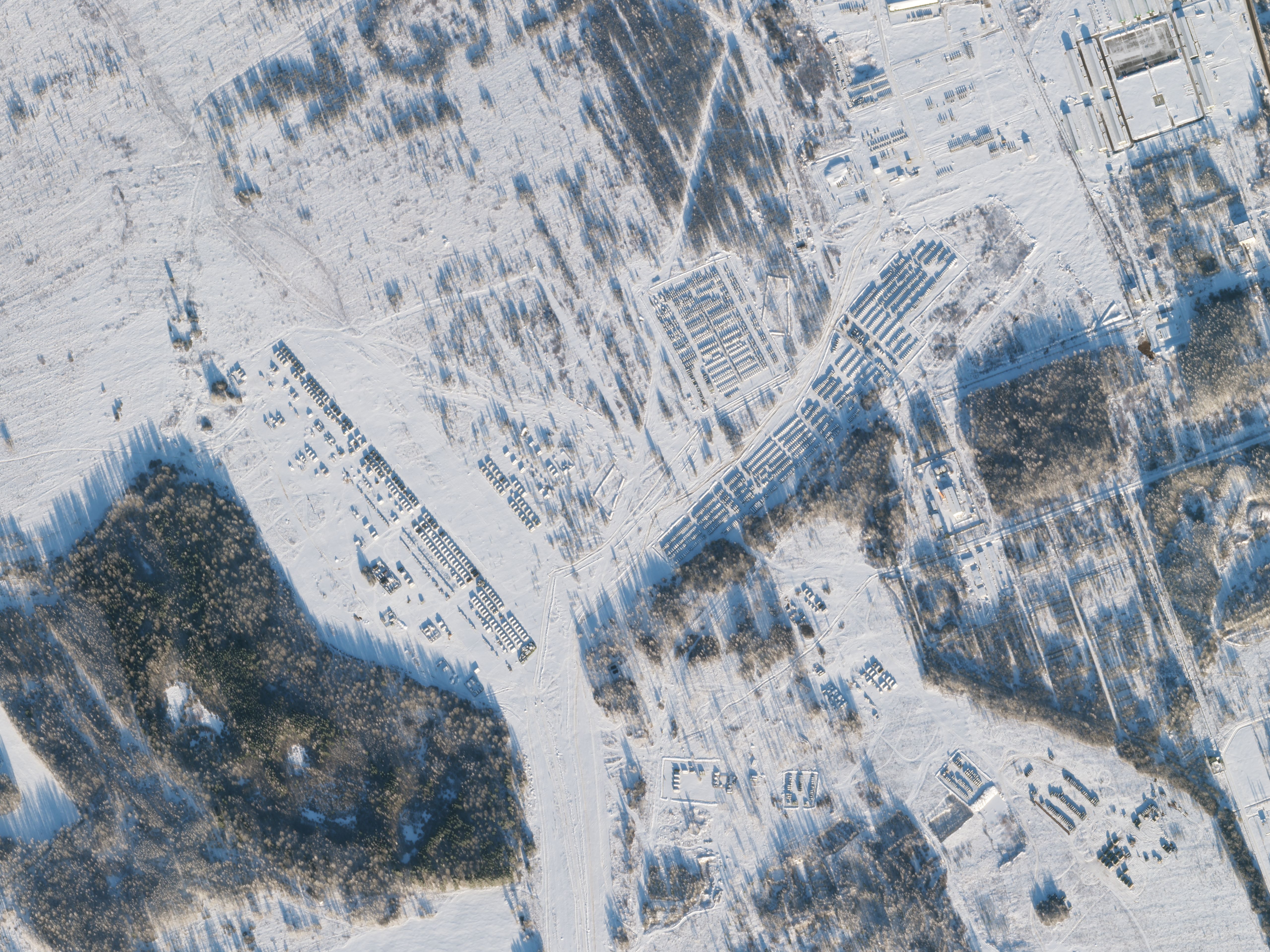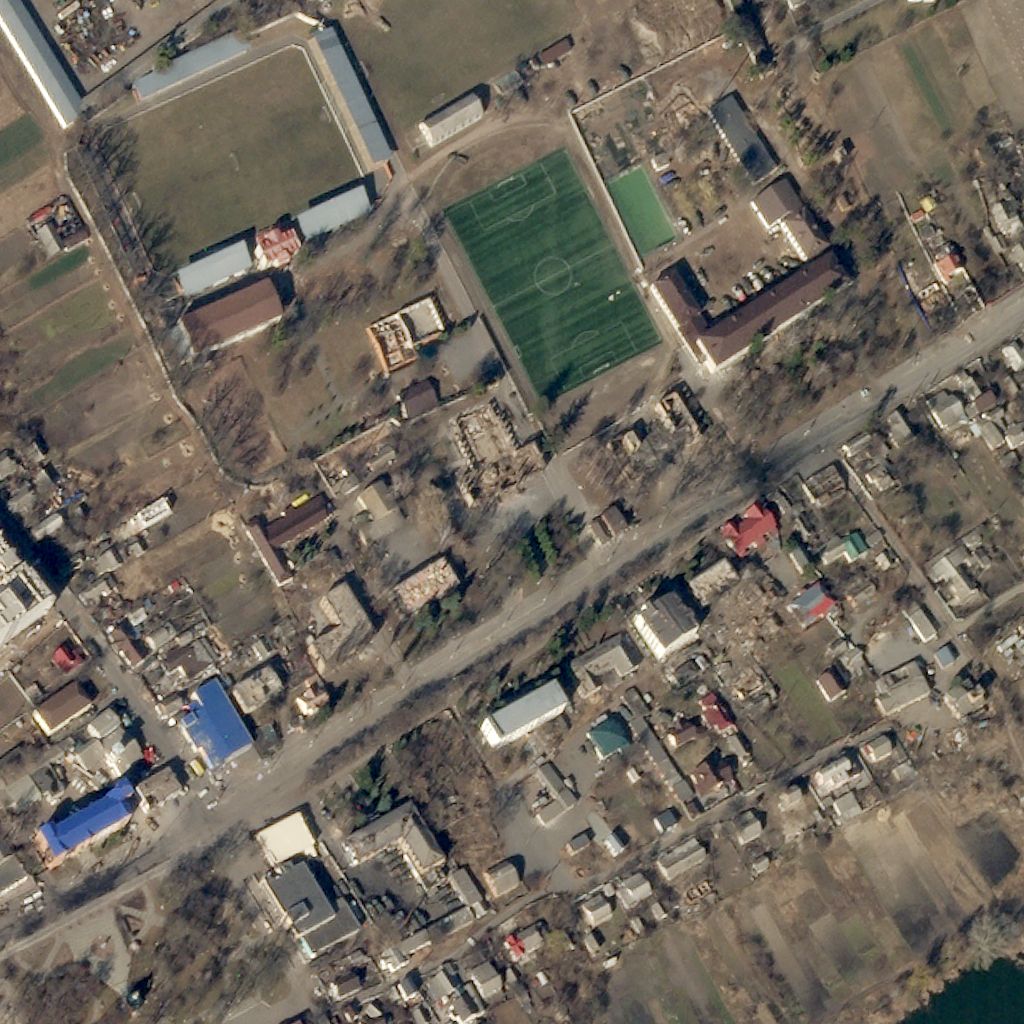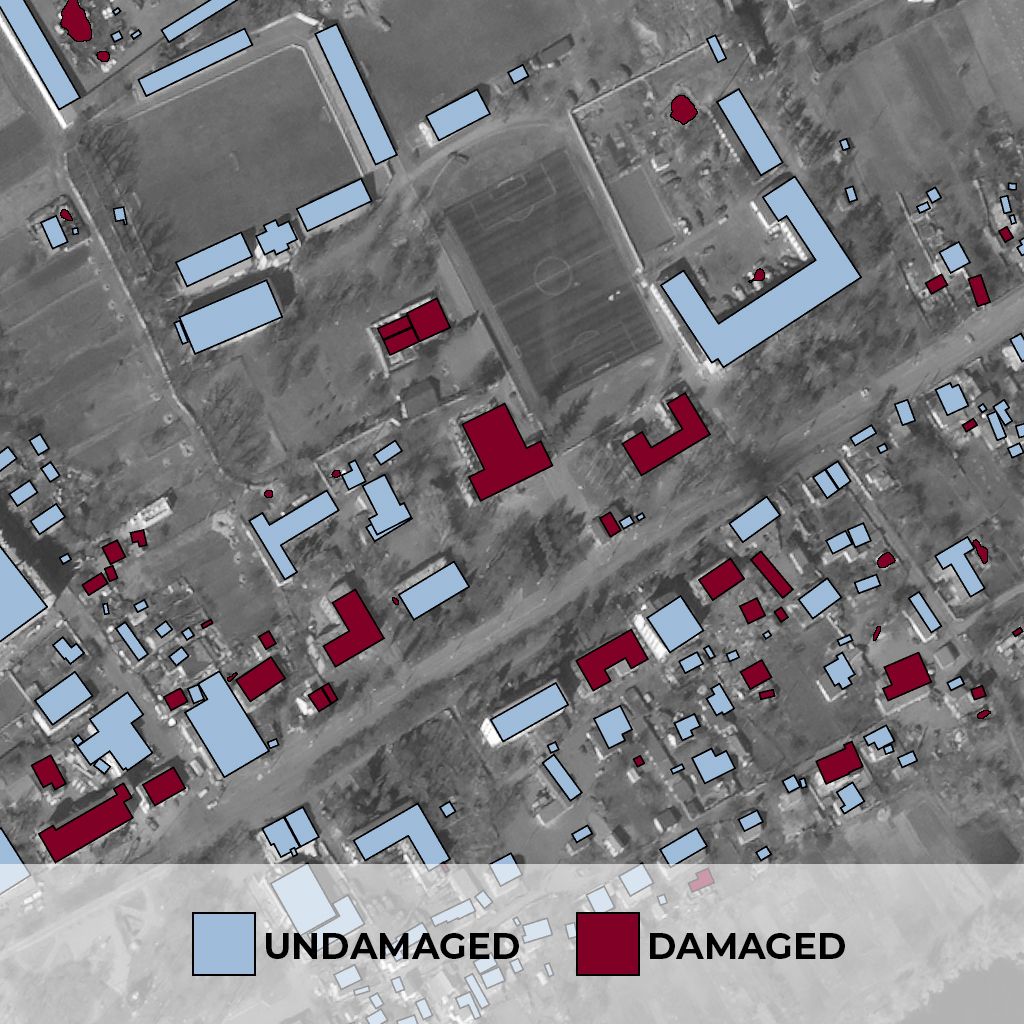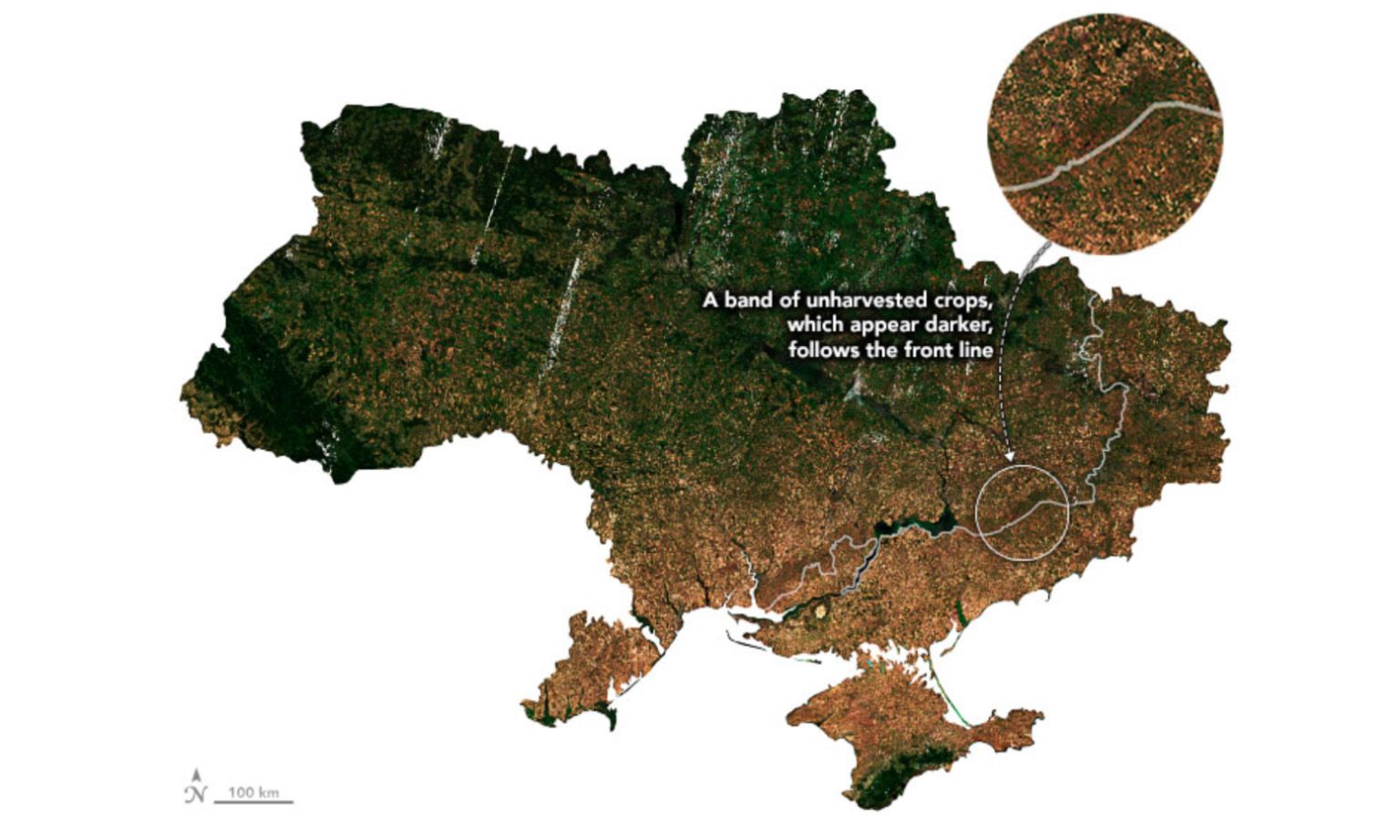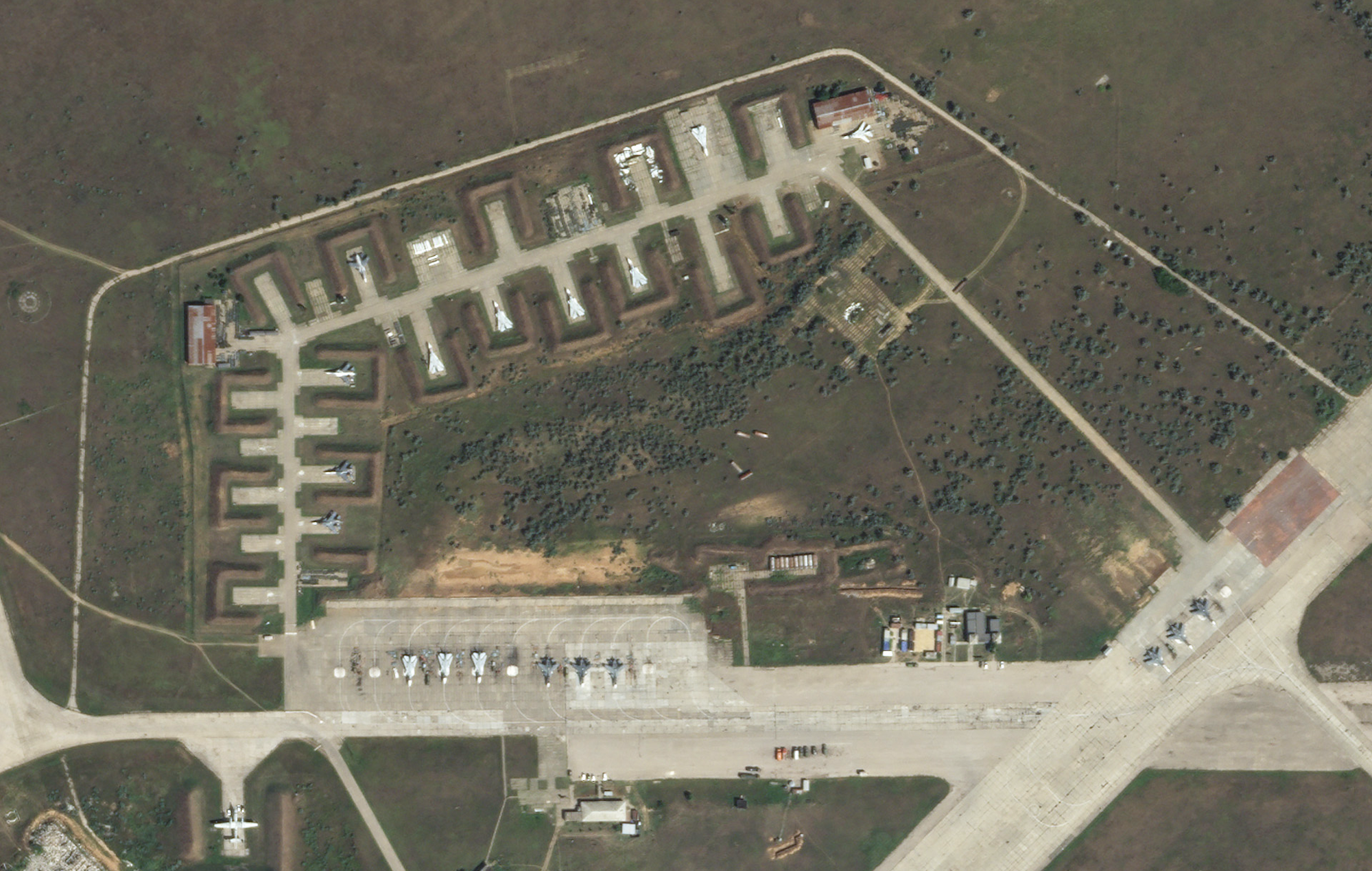
Low-latency satellite imagery informs critical decisions
Whether you’re monitoring emerging hazards or planning urgent operations, Planet provides quick access to the data you need.
Get more out of remote sensing and satellite data

Extend
Increase cadence, coverage, and resilience of data

Enhance
Boost pace, scale, and capacity with tip and cue

Augment
Automate manual workflows and achieve new insights with AI
EXTEND your imagery collection
Our in-depth historic archive compliments daily capture.
See how national security customers used high-resolution tasking and always-on monitoring to:
- Monitor military buildup near Ukraine’s border
- Document human rights violations in China
- Detect construction of a nuclear facility in Iran
SkySat • Desna River Bridge, Ukraine • February 26 - 28, 2022
PlanetScope + SkySat • Spratly Islands, South China Sea
September 4, 2020, September 22, 2020, December 24, 2020
ENHANCE your existing workflow
Lower the risk of missing critical events with activity-based signals.
Change detection and tip and cue automation reduces processing bottlenecks, so analysts can evaluate changes faster and make informed decisions. See how this helped:
- Fight illegal mining and deforestation in the Amazon
- Capture damage after an attack in Sudan
- Identify vessels near disputed reefs in the South China Sea
AUGMENT your research capabilities
Planet Analytics enable governments to respond to events with rapid analysis — and inform policy and planning.
Combined with machine learning and artificial intelligence, Planet transforms daily imagery into analytic feeds that:
- Detect and classify objects, buildings, vessels, and roads
- Identify geographic features, land cover classification
- Monitor change over time in your AOI, near or far.
Skysat • Earthquake Damage in Marash, Turkey. February 9, 2023. UC Berkeley, the US Department of Defense Innovation Unit, Maxar, Microsoft AI for Good Lab and Microsoft Philanthropies
RESILIENT CONSTELLATIONS MEAN RELIABLE DATA
The Planet agile aerospace fleet provides a diversified collection of imagery and communication paths.
With hundreds of medium-resolution SuperDoves and approximately 20 high-resolution satellites in orbit, our process to build, launch, and replenish our fleet is fast and economical.

PlanetScope
RGB and NIR bands, 3.7m spatial resolution, captured by Planet’s Dove constellation

SkySat
RGB, NIR, and pan bands, 0.5 spatial resolution
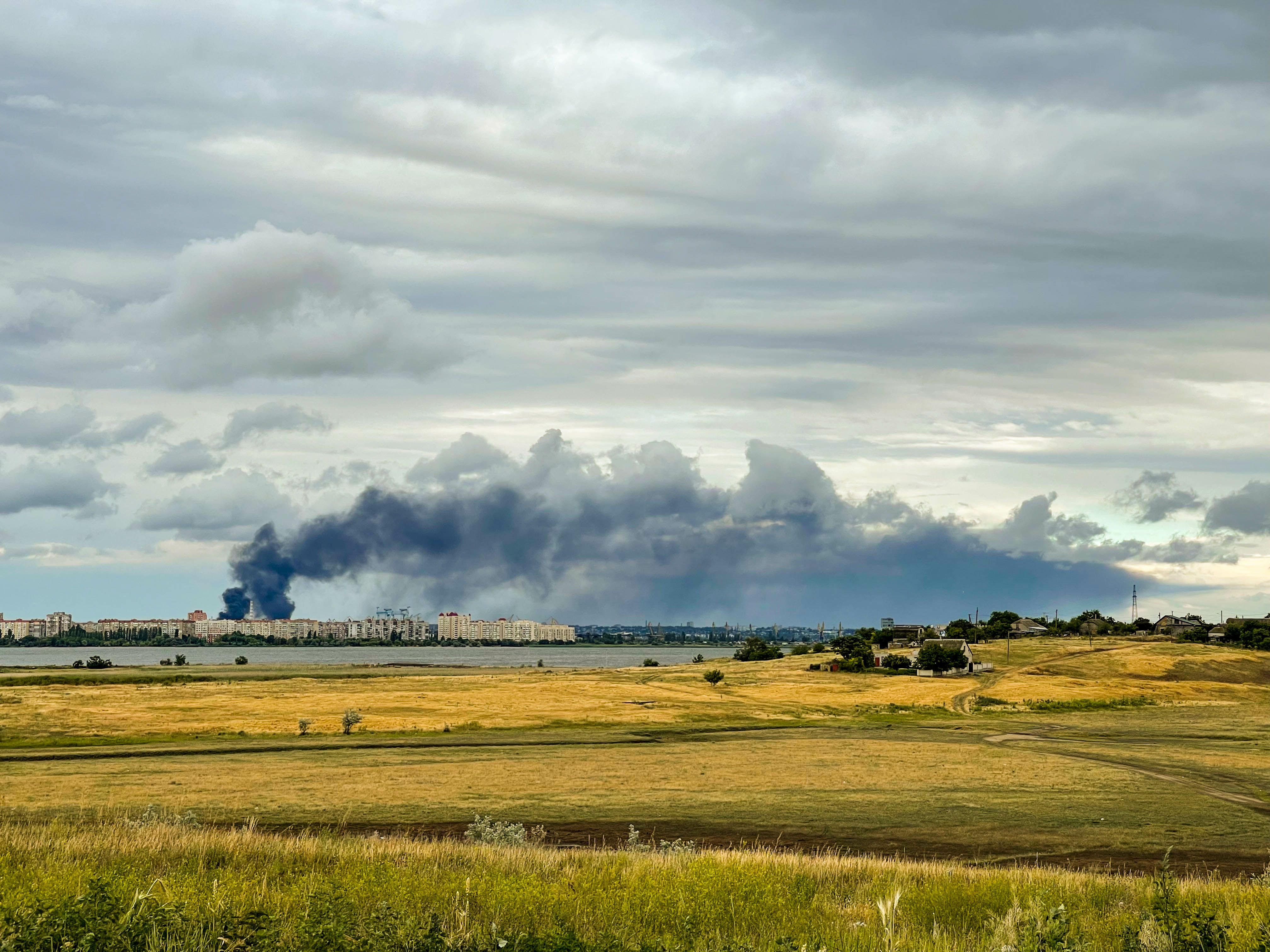
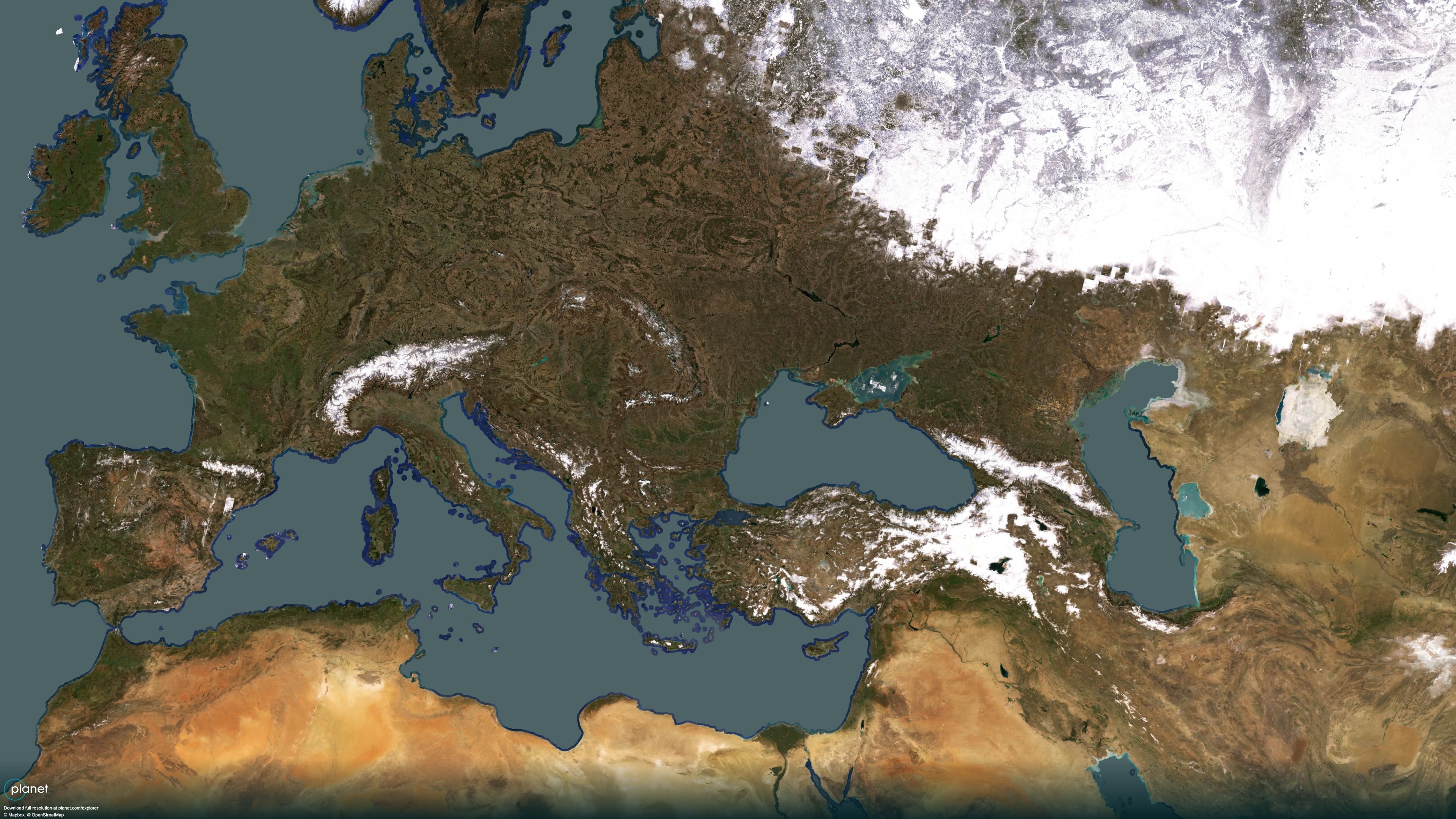

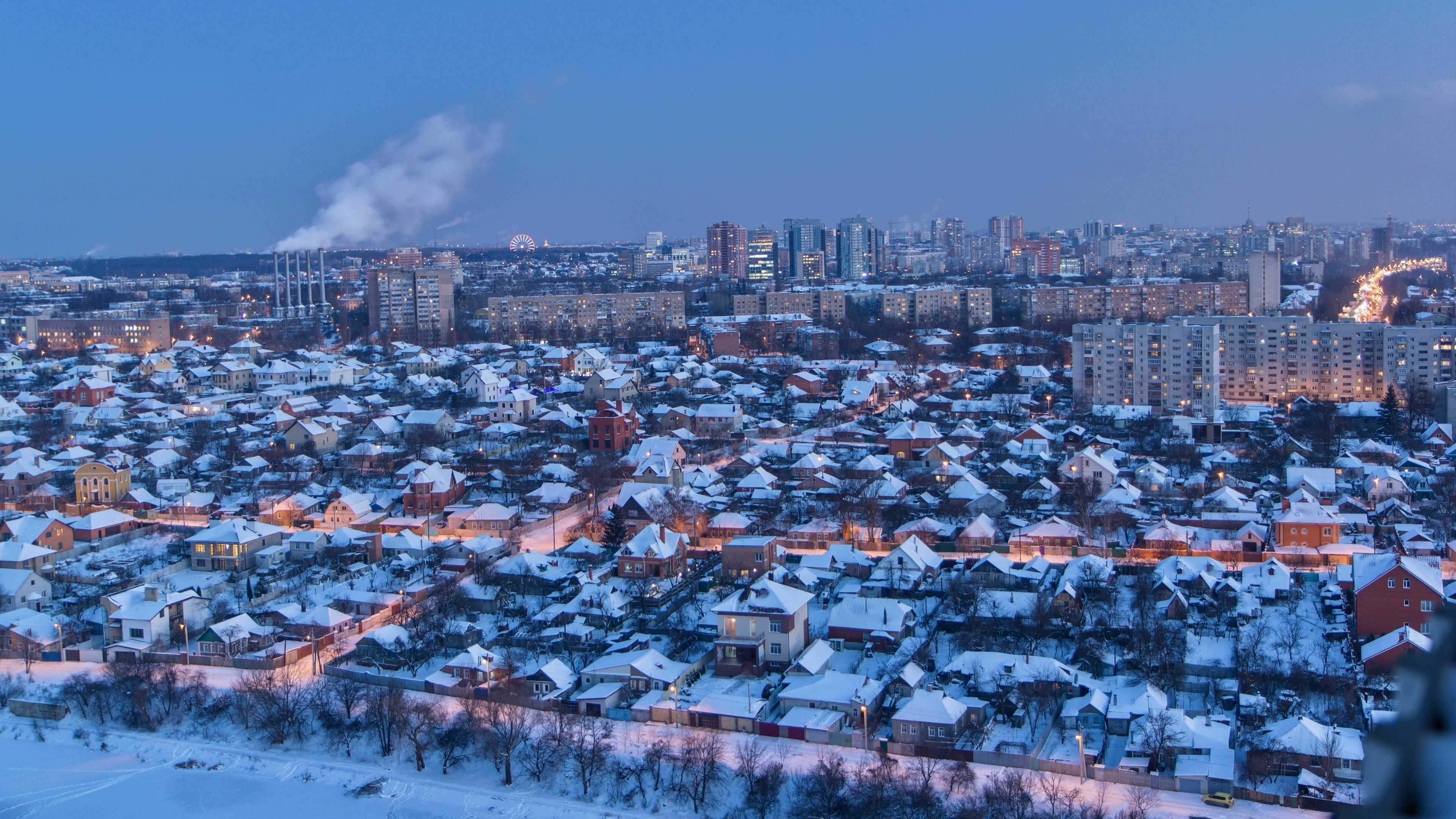

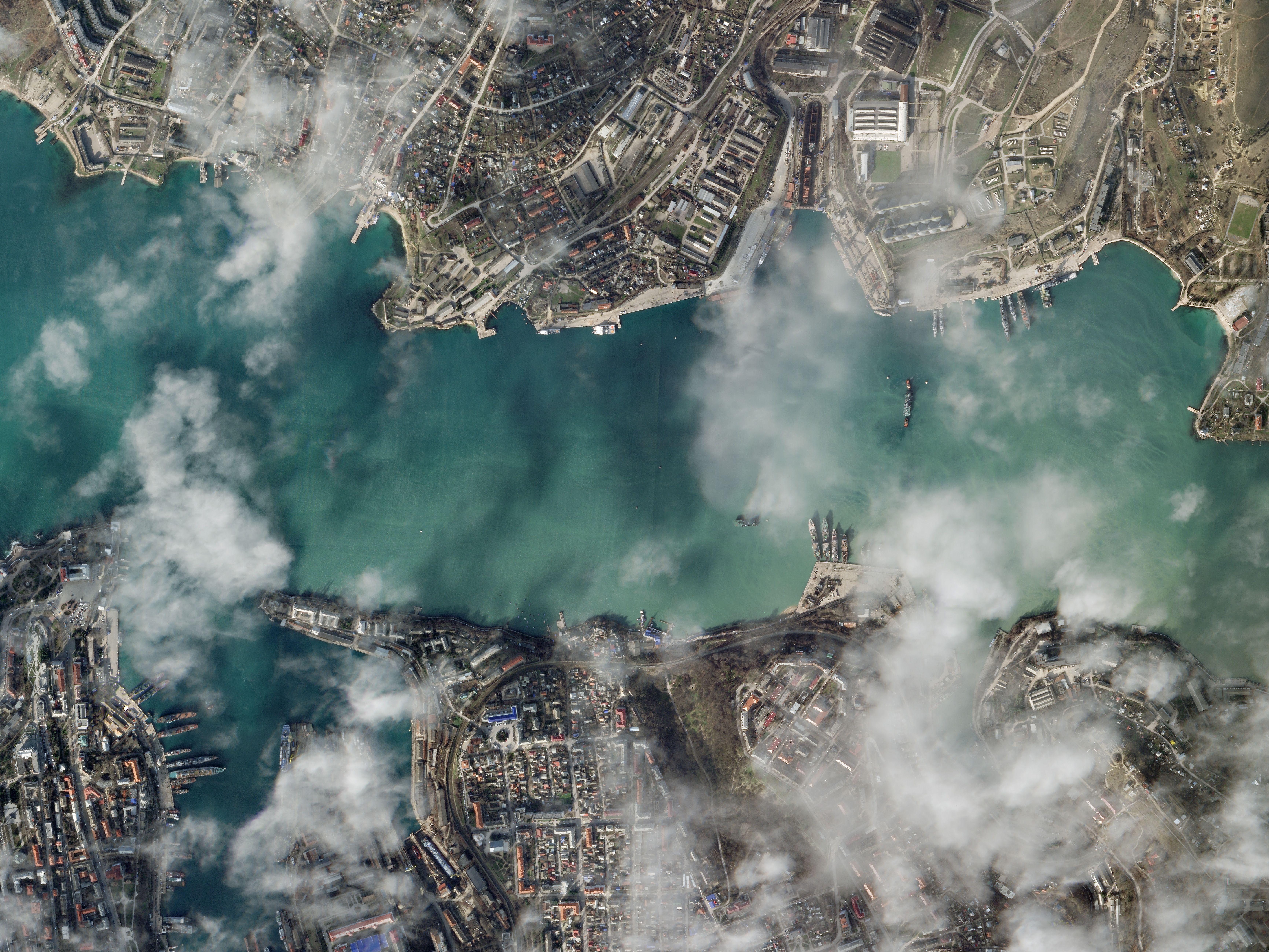


Planet satellite imagery has provided unprecedented transparency into the Russia-Ukraine war.
Scroll to discover a small collection of images that have had a big impact.
Satellite imagery shows Russian military buildup near Ukraine’s border
October 12, 2021 - December 29, 2021 | Yelnya, Russia
This pair of high-resolution SkySat images shows the buildup of Russian infrastructure and vehicles about 160 miles (260 kilometers) north of Ukraine.
PlanetScope daily monitoring and high-resolution SkySat tasking improved situational awareness on the ground and acted as a source of truth to counter misinformation online.
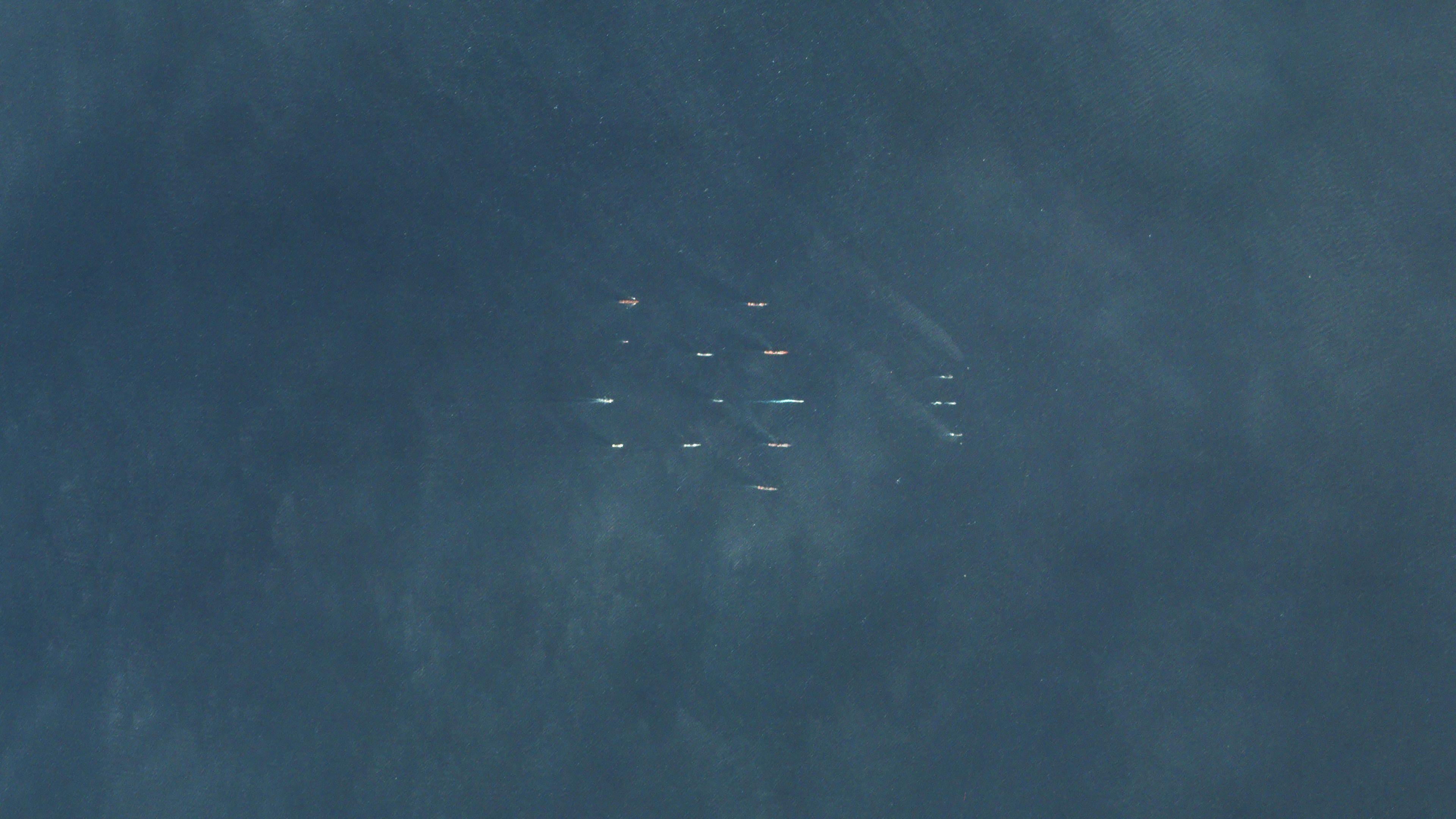
Monitoring the Russian Navy in the Mediterranean
February 23, 2022 | Mediterranean Sea
Satellite imagery shows the Russian Navy as they sailed in the Mediterranean Sea.
Over the course of the crisis, PlanetScope imagery has been used to enhance maritime domain awareness.
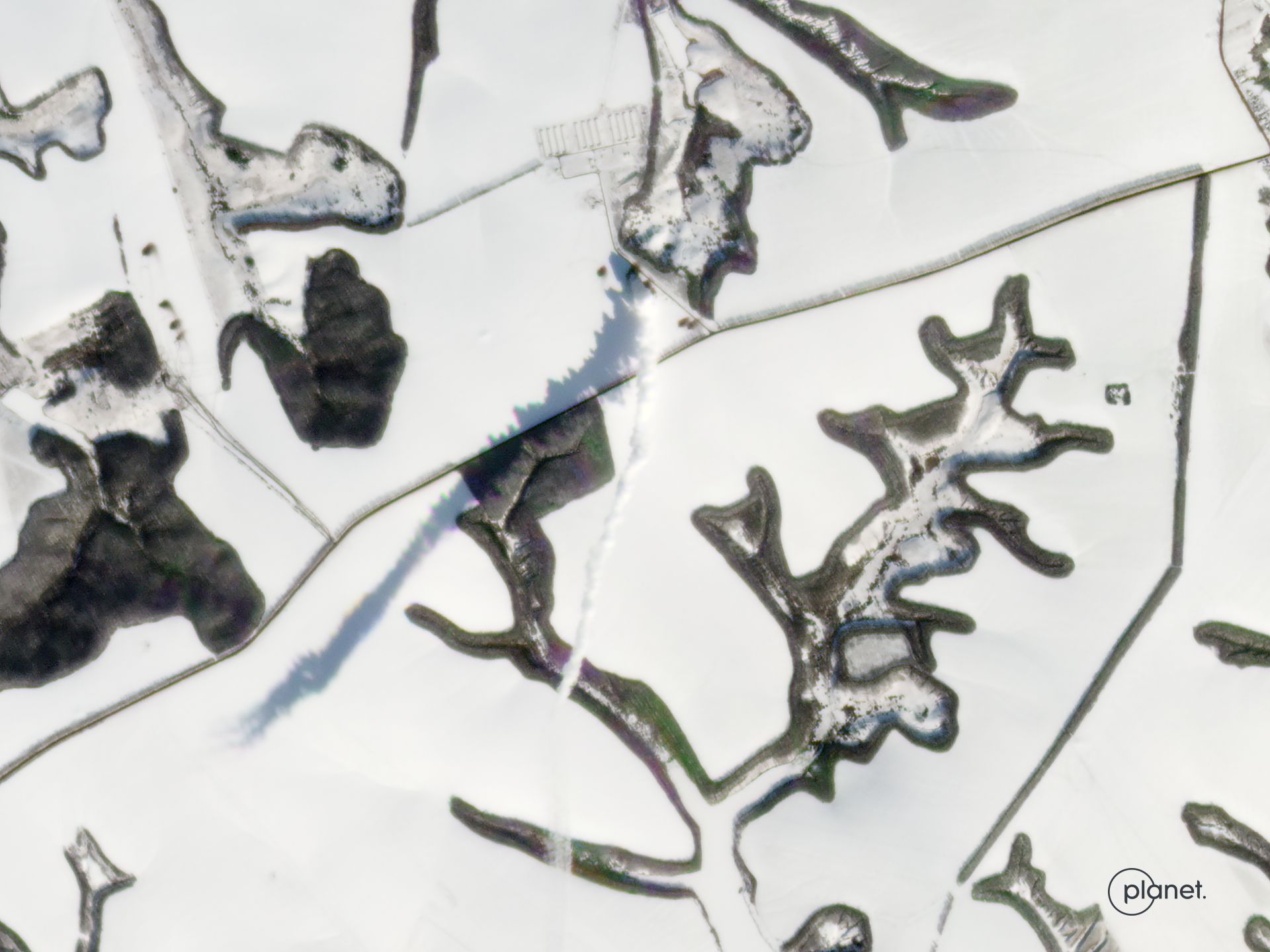
Rocket strike origins determined using open-source intelligence (OSINT)
February 27, 2022 | Belgorod Oblast, Russia
External intelligence researchers used Planet imagery to identify likely sources of Russian missile attacks.
The plume of smoke rises from what analysts determined to be a probable Multiple Launch Rocket System (MLRS) oriented in the direction of Kharkiv.
Monitoring humanitarian crises through damage assessment and artificial intelligence (AI)
March 2022 | Borodyanka, Ukraine
Planet worked with the United Nations and Microsoft’s AI for Good Lab to assess the extent of structural damage caused by the war, identifying affected schools, hospitals, and sanitation facilities.
High-resolution tasking helps track dark ships and identify potential grain smuggling
June 5, 2002 | Sevastopol, Ukraine
Planet enables analysts to conduct advanced maritime vessel detection and tracking.
External investigators reported an alleged laundering system of grain stolen from Ukraine by analyzing SkySat images of multiple vessels as they were loaded in port, and conducted ship-to-ship transfers out at sea while “dark.”
Land cover analysis of satellite imagery helps calculate wheat harvests
July 2022 | Ukraine
Near the frontline of the conflict, fields were left unharvested.
NASA Harvest used Planet imagery to calculate yields so governments and organizations could better see crop output in effected areas, and take appropriate compensatory measures.
Daily, global situational awareness
Planet imagery has proven critical to intelligence, surveillance, and reconnaissance (ISR) missions throughout the conflict in Ukraine through rapid satellite tasking and information downlink.
Open, shareable data and the urgency of the conflict has catalyzed technology and humanitarian solutions that will have positive, global implications beyond this war.
Get access to critical data with Planet
Sign up to receive weekly updates on our national security products, solutions, and resources
© 2025 Planet Labs PBC. All rights reserved.
| Privacy Policy | California Privacy Notice |California Do Not Sell
Your Privacy Choices | Cookie Notice | Terms of Use | Sitemap

